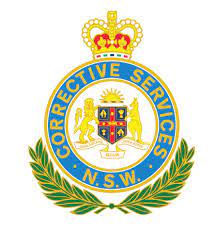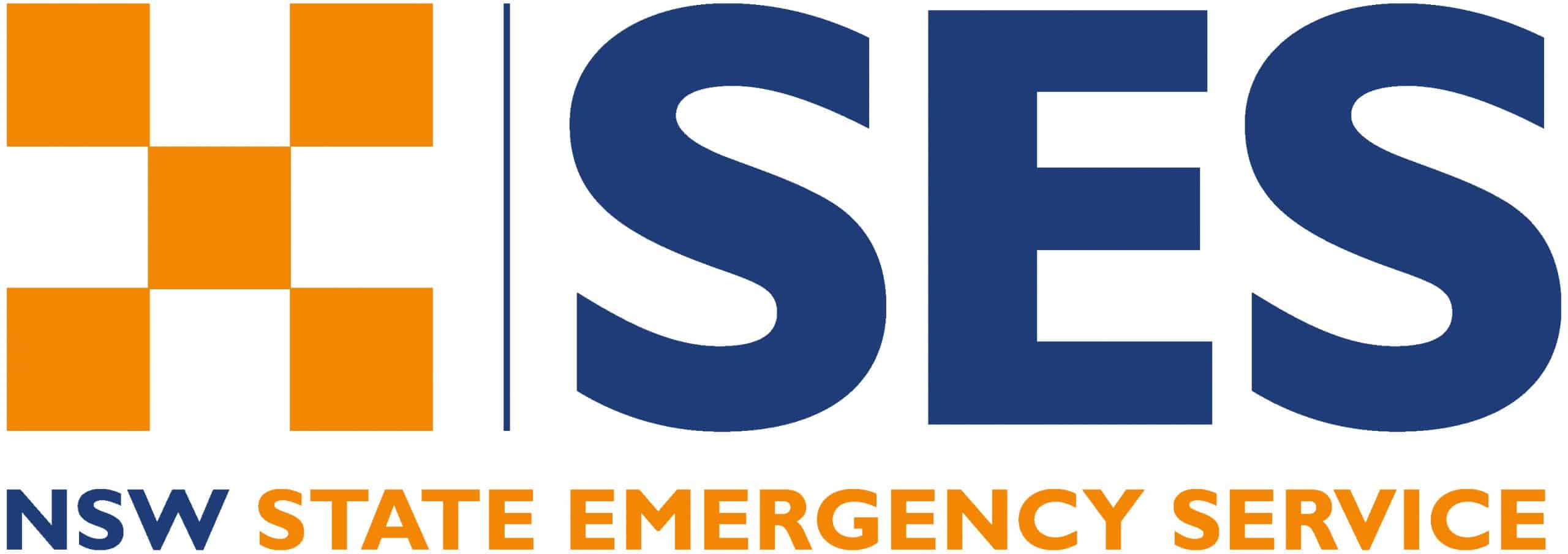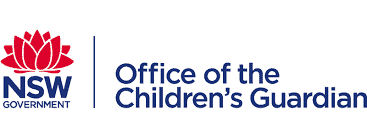Just over ***cough*** 20 years ago (is it really that long ago?) I qualified as an instructor with the International Association for Handicapped Divers. It was one of the most humbling, amazing and rewarding experiences I’ve had, and I learnt many very valuable, life changing and lasting lessons from the course.


The course instructor, Ray, was a paraplegic wheelchair user who was a very experienced SCUBA diver. He was a pretty direct, straight-talking person and was, shall we say ‘forthright in his feedback’ [read blunt!] about what we needed to do better!
One particular, what now seems a blindingly obvious lesson right at the start of the instructor course really struck me and has stuck with me to this day. That lesson applies very aptly to current-day leadership.
The reason I decided to do my International Association for Handicapped Divers (IAHD) Instructor qualification came from an experience I had a few years prior while living on the tropical paradise island Boracay in the Philippines, working as a SCUBA Diving Instructor in what then was the only Filippino-run dive-shop on the island (see my previous articles Not What I Expected on Day 1 of my New Job and What are You Doing with Your Career?).
[If you’re time poor and prefer not to read the inspiring story below about why I decided to become an instructor with the IAHD, then scroll down to the next section to continue to read about the lesson I learned on my IAHD instructor’s course]
One unusually quiet Sunday I was chilling out on one of the comfy dive shop sofas with my friend and Filipino instructor Louis, gazing out at the sparkling blue ocean. We were wondering if we’d get any walk-ins and were bantering about who would take them out and to which dive site.
Louis was listing ‘reason 477’🤦♂️😂 as to why he deserved the work more than me, when a person in a wheelchair and their carer entered the dive shop. The carer, David, introduced both people and explained that Pete was totally wheelchair-bound with quite severe cerebral palsy, and had extremely stiff joints.
David went on to say that Pete had always wanted to SCUBA dive and wondered if we might be able to help – even getting Pete into the ocean and simply getting his head underwater and helping Pete get a glimpse into some of the underwater beauty would be appreciated.
David went on to say that they’d been into several other dive shops and had been turned away – some had even scoffed at them for asking, would you believe 😤.
Louis and I chatted some more with them, and found out David was a qualified SCUBA diver, and was also keen to come along if possible. Louis and I were keen to help and thought we could come up with a safe solution, so we went and chatted to our boss, Victor, the dive-shop owner, to get his thoughts.
Victor agreed that if we took 2 experienced Divemasters (our Divemasters were all extremely experienced SCUBA divers, one level below instructor) with us and made sure we had all the safety precautions in place we could go ahead.
The water was 29-30⁰C and the air temperature 35⁰, so we agreed with David that we’d not use a wetsuit for Pete for the planned very short immersion, and particularly as Pete’s joints were almost immobile.
We all got together and briefed Pete on what we were planning. Pete seemed ecstatic, his face lit up with a huge smile – that added to mine and Louis’s determination to make this a memorable experience for Pete.
We worked out the logistics of getting SCUBA gear ready for Pete, and tested the equipment with Pete, making sure he could breathe safely and keep his mask on. We used some elasticated cord to keep the regulator in Pete’s mouth, and David was always holding it in place as well to be extra safe, along with holding his mask on.
We carried an excited Pete in his wheelchair to the water’s edge and worked out the complex logistics of getting Pete safely in the warm tropical water. As Pete slipped gently into the warm water, we felt him completely and utterly relax as the buoyancy took hold and he floated on the surface. That in itself was worth all the effort.
However, after we’d done more safety checks and were all comfortable Pete was ok and all the logistics were working, we all swam out to a small coral reef of staghorn coral surrounded by a cloud of purple and orange anthias (fish) dancing in the sunlight in about 5 metres of crystal clear turquoise tropical water. Pete was completely absorbed by the sight and was so happy. As were we all.
Long story short, we ended up taking Pete out diving 5 days in a row. After the second dive, the most incredible transformation started to occur. Pete’s joints actually started to become so much more mobile.
After day 3, Pete was able to stretch out his whole body to his full body length in the water. David said in 2 ½ years caring for Pete he’d never seen Pete do anything remotely close to that!
After the 4th dive, Pete was able to stand upright in chest deep water and could even walk, without fins, several steps in the water towards the shore.
After the 5th dive, when we’d got back to the dive shop, Pete amazingly was not only able to stand up on his own, but with Dave just guiding him by an elbow, Pete was able to walk a good many steps away from his wheelchair and out to the front of the dive shop!
To this day I’ve never forgotten that experience. And that was why when I had the chance I qualified as an instructor with the IAHD. Unfortunately, back then there simply weren’t enough IAHD instructors around to safely work with clients, so I barely managed to put my qualification to good use.
So, back to the lesson I was talking about, that I learned on my IAHD instructor’s course! On day 1 of the first practical session at a swimming pool, Ray, our wheelchair-user instructor commanded the 4 of us trainees in the group to work out the most effective way of getting him into his full-length 5mm wetsuit and be ready to enter the pool.
We looked at each other blankly – none of us had done this before. After a short discussion, we all got together thinking we had a great plan and purposefully started to man-handle Ray out of his wheelchair to a position where we could start to get his feet into the wetsuit.
If anyone has put on a wetsuit themselves, you’ll know it’s not always the easiest task! Putting on a 5mm wetsuit (most tropical and surfing wetsuits are 3mm) is even more of a mission, as the neoprene is a lot stiffer and harder to get a grip on!
We did all the smart things like putting a plastic bag on Ray’s feet and arms to help them slip through into the wetsuit, but it was still extremely hard work.
15 minutes or so later, out of breath and sweating from the exertion but feeling smugly pleased with ourselves for our achievement, the 4 of us wanna-be IAHD instructors stood in front of a now fully wet-suited Ray sitting in his wheelchair, waiting patiently for a hearty “well done team” from Ray.
We waited. Ray did not look amused. We soon found out Ray really was not amused. He looked at us with pure disdain on his face. We were confused…we’d achieved what he asked, what was the problem…?
Ray soon told us…Looking back, I still struggle to think of a time where I’ve felt more stupid than that moment!
Ray snorted: “Why didn’t you simply ask me to put it on myself?”
The 4 of us looked at each other, mouths open – red faced with shame now rather than effort! Duh! 🤦♂️
“How do you think I get dressed every day?” Ray boomed. The phrase “don’t dis my ability” was ringing very loudly in all of our ears. We all learned a very poignant lesson that day!
So, how does that relate to leadership, I hear you ask?
Well, I see many leaders like us 4 trainee instructors were back then… thinking and acting like they have to have all the answers and/or do it themselves.
I regularly hear stories of leaders constantly under-estimate or simply don’t consider the potential of their people and their ability to do things themselves.
Leaders regularly fail to even ask their teams for possible solutions, let alone innovation and ideas – they often think they as leaders are the ones who should have the answers, and should show that they have the experience, and that they should do it.
So often I hear stories of leaders saying “I’ll do it myself, it’s quicker” or “I’ll do it, I know it will be done properly” or words to that effect. Or “Gen Z will never ‘get it’ anyway, I’ll do it…”
This happens even more regularly in today’s time poor, ‘I need it now’ complex and demanding environment. Even more so when someone is new in a role and feeling they have to ‘prove themselves’.
Leaders also often fall into the trap of thinking that even if they want to, they simply haven’t got the time to coach people to help them learn and grow… Ability and potential are then ignored, or at best overlooked.
That’s where every-day Coaching Leadership becomes such a powerful leadership style – empowering people to take personal responsibility and think, learn, and do things themselves, instead of a leader thinking they have to do it all.
Traditional Coaching models are surprisingly difficult to apply to day-to-day leadership in the workplace. They’re often great for a 1:1, 1-hour structured development conversation or similar, but very hard to apply off-the-cuff to every-day situations.
However, our super-practical T.O.A.D.™ Coaching Leadership model solves that problem. It’s easy to apply to every-day conversations and events as well as more formal, structured conversations. Clients consistently tell us it can be used as:
- A day-to-day leadership tool to build engagement, performance, collaboration, and innovation
- A practical day-to-day Leading Change/ Change Management/ Change Transformation tool
- A day-to-day ‘powerful conversations’ tool
- A powerful tool for better collaboration, analysis and understanding
- A briefing and debriefing tool
- A tool for managing up…
- A tool for better meetings
- A great customer service & community engagement instrument
- A means to cultivate more innovation and ideas
- A Critical Thinking tool and methodology
- A great sales & pre-sales methodology to boost sales
- Applicable at all levels – top executives to front line staff
From experience, we’ve proven it can also be integrated into every other coaching, leadership, sales, and conversation models.
“I use the TOAD coaching principles in every aspect of my professional and personal life, including leading my team, in customer service and sales meetings, with the soccer team I coach and with my family. It’s the single most powerful leadership and communication tool I use”
Vice President Australia/NZ, AI, Machine Learning, Data Science

























































